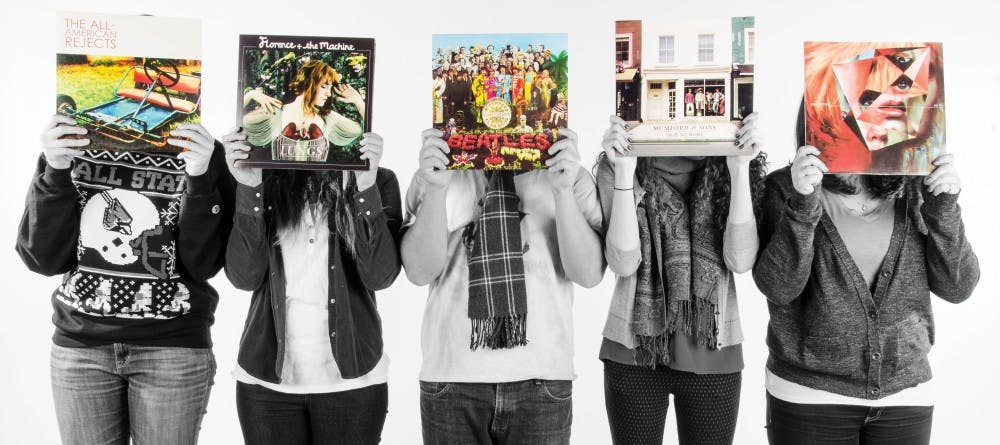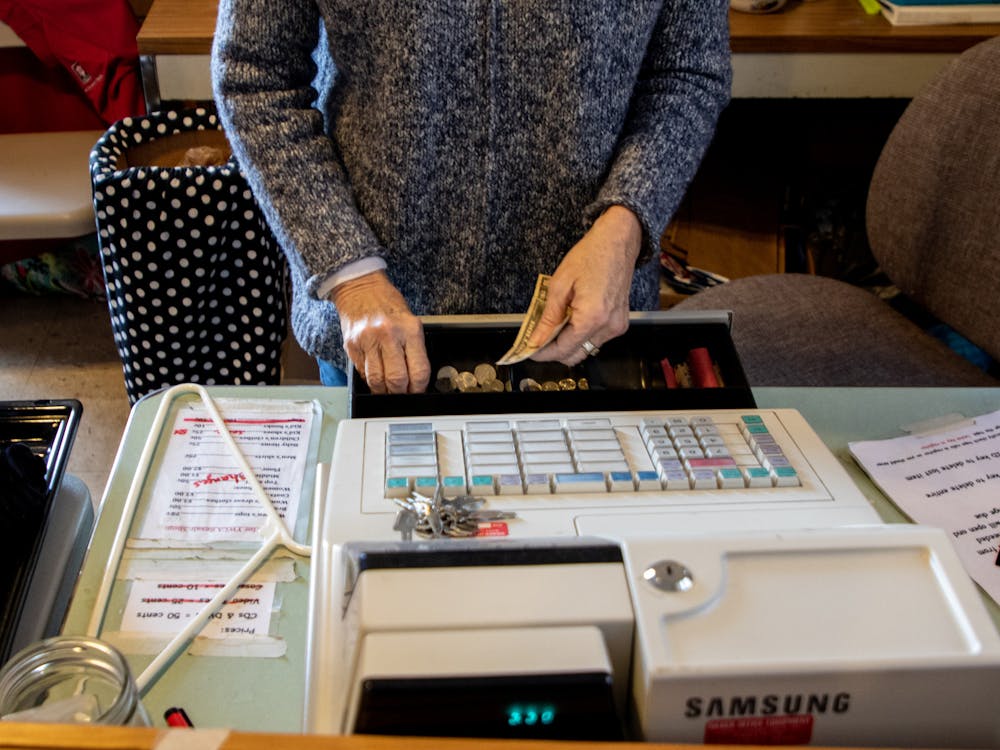To watch the videos, visit Village Green Records’ Facebook page or Julian Dalrymple’s Vimeo at vimeo.com/lushforlife.
Excerpt from Village Green Records Testimonial:
“We’d drive around New Castle and he got ‘The Chronic,’ Dr. Dre’s ‘The Chronic,’ and I didn’t even know what chronic was. The fact that the album sleeve was designed like a package of Zig-Zags went completely over my head. I didn’t know what that s—t was. I didn’t know what they were talking about half the time. But it made me feel so cool … What’s going on? Why do I feel so cool? You turn the music off and instantly you look around like, ‘F—k, I’m not doing anything cool. We’re going to Dairy Queen.’ But you’re listening to ‘The Chronic,’ so that Dairy Queen tastes a little better when you get there.”
Albums in series so far:
“The Chronic” by Dr. Dre
“The Very Best of Otis Redding” by Otis Redding
“The Fragile” by Nine Inch Nails
“Led Zeppelin IV” by Led Zeppelin
“Rubber Soul” by The Beatles
“Donuts” by J Dilla
Holding a vinyl album of Dr. Dre’s “The Chronic,” Pete Lansinger remembers first hearing it in the passenger seat of his brother’s ’97 Chevrolet Corsica when he was 13 or 14.
Lansinger shared his story in what was the recently released first episode of the Village Green Record’s Album Testimonial Series, which chronicles the stories of people and the albums that have changed their lives.
At the time, Lansinger said he didn’t know what chronic was and the fact that the album sleeve mimicked a package of Zig-Zag rolling papers didn’t register in his mind.
He just knew he felt cool riding with his 16-year-old brother in New Castle, Ind., in a beaten-up car with a booming sound system.
“You picture yourself walking in slow motion, that kind of thing, like this is badass,” Lansinger said in the testimony. “But I’m in New Castle, Ind., in a ‘97 Corsica. What’s going on? Why do I feel so cool? You turn the music off and instantly, you look around like, ‘F—k, I’m not doing anything cool. We’re going to Dairy Queen.’”
VGR’s Album Testimonial Series, which will consist of 25 episodes, is set to release two videos a week. So far, VGR has released six videos.
The idea for the project began years ago in a conversation between Travis Harvey, owner of VGR, and his friend Julian Dalrymple, who became the project’s director.
“People can talk about a song,” said Harvey, who also produces the series. “Usually, it’s like, ‘I like that song,’ or ‘That song was so cool.’ But it’s rarely ever that ‘this song helped me’ or ‘changed me’ or ‘empowered me.’ Albums are a lot more like life. … Albums are usually a handful of songs that span a lot of different emotions and thoughts of life.”
After a few years in project purgatory, timing and circumstances aligned and the series moved forward. Harvey contacted nearly 100 customers, friends, musicians, comedians and other artists to participate.
Over two days, Dalrymple and Harvey joined with Chicago-based cameraman and gaffer Steven Clay to interview 50 subjects for the series. The team plans to release half of those, but Harvey said he’s open to continuing the series.
The videos are simple. Only a few minutes each, they’re shot plainly in black and white and feature the person and their album only. There’s no theme music or elaborate background competing for the viewer’s attention.
“We were set on trying to share them in the most naked sense — to share their stories without there being a whole lot of an editorial position,” Harvey said.
In one video they shot, a young woman struggles with the loss of her teacher and mentor. Another is an account from a Ball State professor recalling the first time he listened to the Beatles as a boy. A man explains how an album by thrash-metal band Pantera inspired him to come out of the closet.
Harvey describes himself and his store as believing in “full-on albums” in an artistic and ideological sense. He argued that the connections between tracks on an album can make a more complete artistic statement than just an individual song.
The idea of cohesive albums that communicate a message when pieced together was created decades ago and brought on by prolific bands like the Beatles.
“There came the idea in the ’60 of having a theme album,” said Andrew Crow, Ball State director of Choral Activities. “All of the songs weren’t just individual tracks, but were linked together by some common element, idea or even a narrative. The Beatles’ ‘Sgt. Pepper’s Lonely Hearts Club Band’ was innovative in that way.”
Harvey likened the testimonial series to what it’s like to be a record store owner. He said once he started VGR eight years ago, he has listened to countless customer stories where they share their lives and their music. Harvey said over the years, he’s developed a personal relationship with the customers and their favorite music.
Harvey said customers’ relationship with music is a story worth telling in itself.
“We didn’t want people to talk about why the album sold millions,” he said. “… We want to talk about why the album was sold to them and it connected to them. If it’s a terrible record, that’s OK if it meant something to you.”





